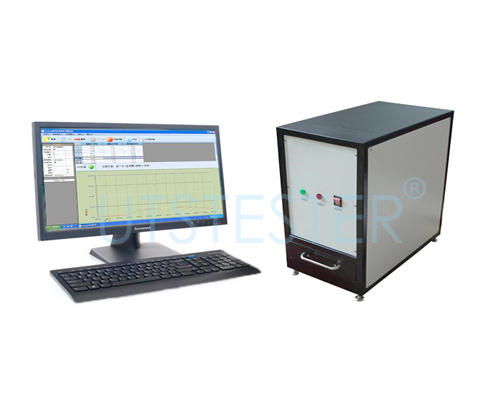 +86 152 6060 5085
+86 152 6060 5085
 +86 152 6060 5085
+86 152 6060 5085
Blog
Catalog
Latest Blog
Ultraviolet rays in the sun, for a long time in the past, have only been known to be beneficial to the human body, such as the role of promoting vitamin D synthesis, the role of promoting the development of bone tissue;Children grow up in the sun, more outdoor activities, is conducive to prevent rickets, good for health, skin tanned and red is a symbol of health and so on.However, modern scientific research shows that the harmful effects of ultraviolet radiation on the human body far outweigh its beneficial effects.Too much exposure to ultraviolet radiation is harmful.It mainly affects the eyes and skin, causing acute keratitis and conjunctivitis, chronic cataracts and other eye diseases, leading to skin cancer.
Ultraviolet radiation can be divided into three bands: ultraviolet A (wavelength 315-400nm), ultraviolet B (wavelength 280-315nm), and ultraviolet C (wavelength below 280nm).Because the ozone layer of the atmosphere absorbs very little ultraviolet A, the ultraviolet A can reach the ground, and the change of its radiation basically has no relation with the change of ozone layer.Uv C, on the other hand, is almost completely absorbed by the ozone layer, so it barely reaches the ground;And the radiation amount of ultraviolet B has a close relationship with the change of ozone layer, which also has a great impact on human beings.
In recent years, more and more anti-ultraviolet fabrics are made. In general, ultraviolet finishing agent is added into the fabric to prevent the harm of anti-ultraviolet to human body.A variety of uv - resistant fabrics also began to be marketed.
How to test the uv transmittance of the processed anti-uv fabric, the similarities and differences of the domestic and international testing methods are the problems that people have been concerned about.
Uv protection absorption UPF, also known as uv shielding coefficient, represents the ability of fabric to protect against uv.It is the ratio of the average amount of uv radiation on unprotected skin to the amount of uv radiation from the fabric to be tested.
Uv radiation sources provide sufficient and stable uv radiation energy for the test.The monochromator diffuses the energy of the source's ultraviolet radiation for spectral measurements.The integral sphere can calculate the same amount of spectral radiation in all directions (direct and diffuse) from the sample.The detector is composed of photomultiplier tube. After amplifying and processing the signal, it is input into the computer for the final processing of the signal.

Textile Ultraviolet Prevention Performance Tester
Scope of application:
A special instrument used to test the uv transmittance and uv protection performance of textiles can directly test the uv protection coefficient UPF of textiles.
[up to standard] :
GB/T 18830, AATCC 183, AS/NZS 4399, BS 7914, PREN 13758
[instrument characteristics] :
1. The light source USES deuterium lamp, the light path USES high-precision ultraviolet monochromator and ultraviolet integrating sphere;Automatic wavelength scanning is carried out by stepper motor.
2. Textile Ultraviolet Prevention Performance Tester adopt Ultraviolet photomultiplier tube, with wide test range and high test accuracy.
3. full computer control, automatic data processing, a variety of graphics, reports statistics, analysis, storage, output.
Email: hello@utstesters.com
Direct: + 86 152 6060 5085
Tel: +86-596-7686689
Web: www.utstesters.com